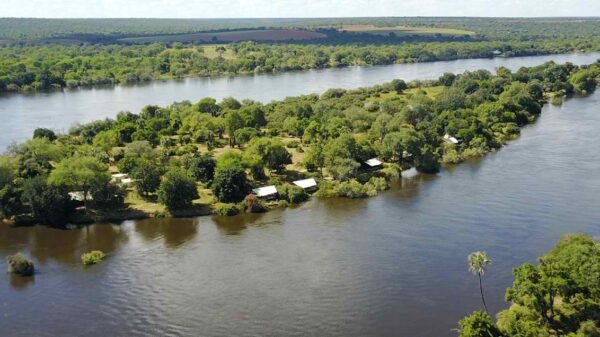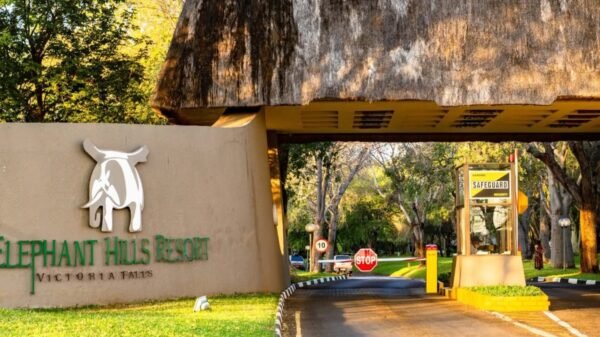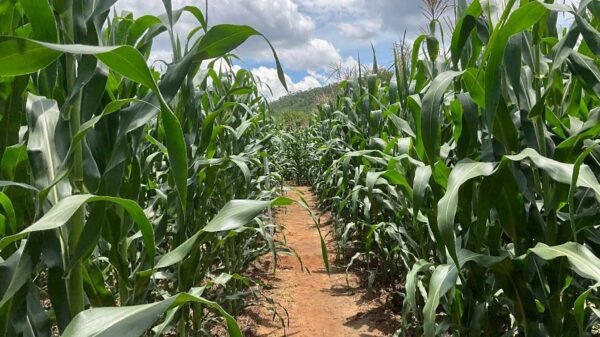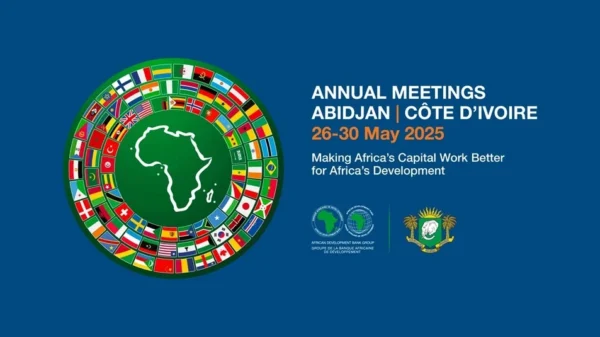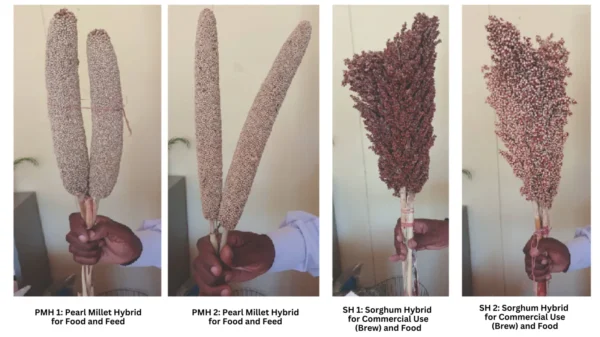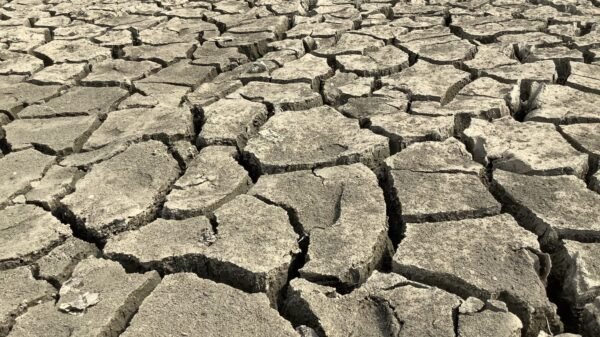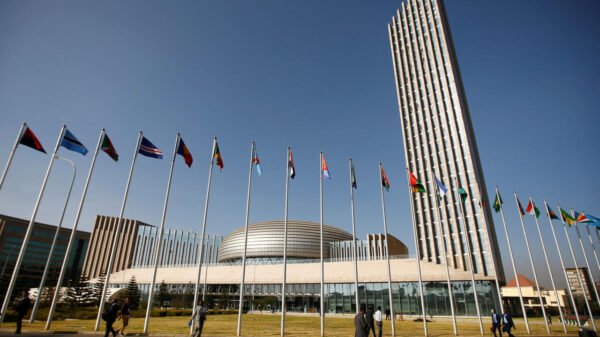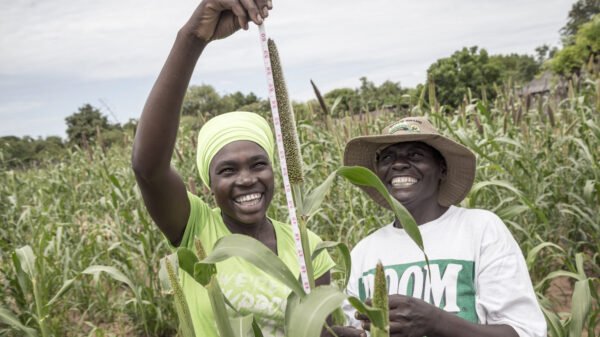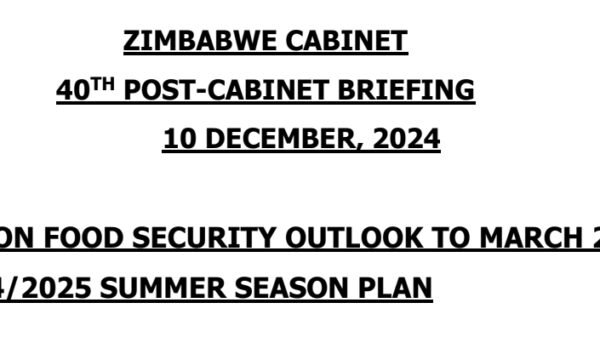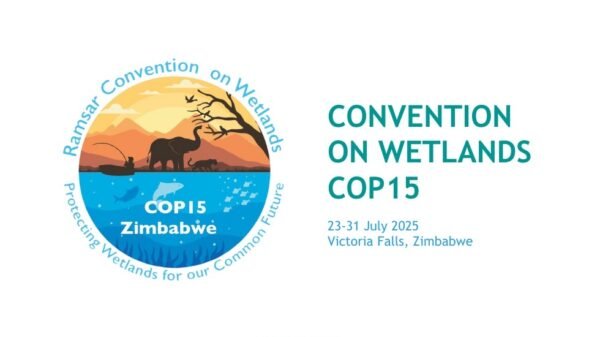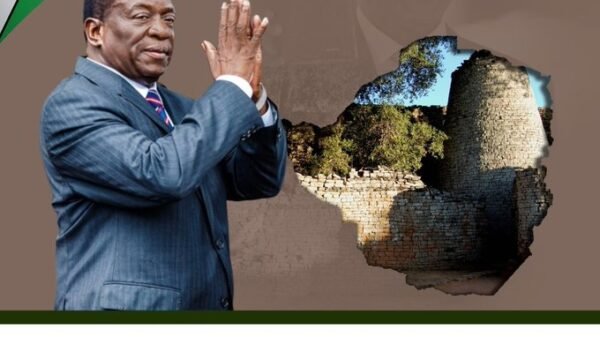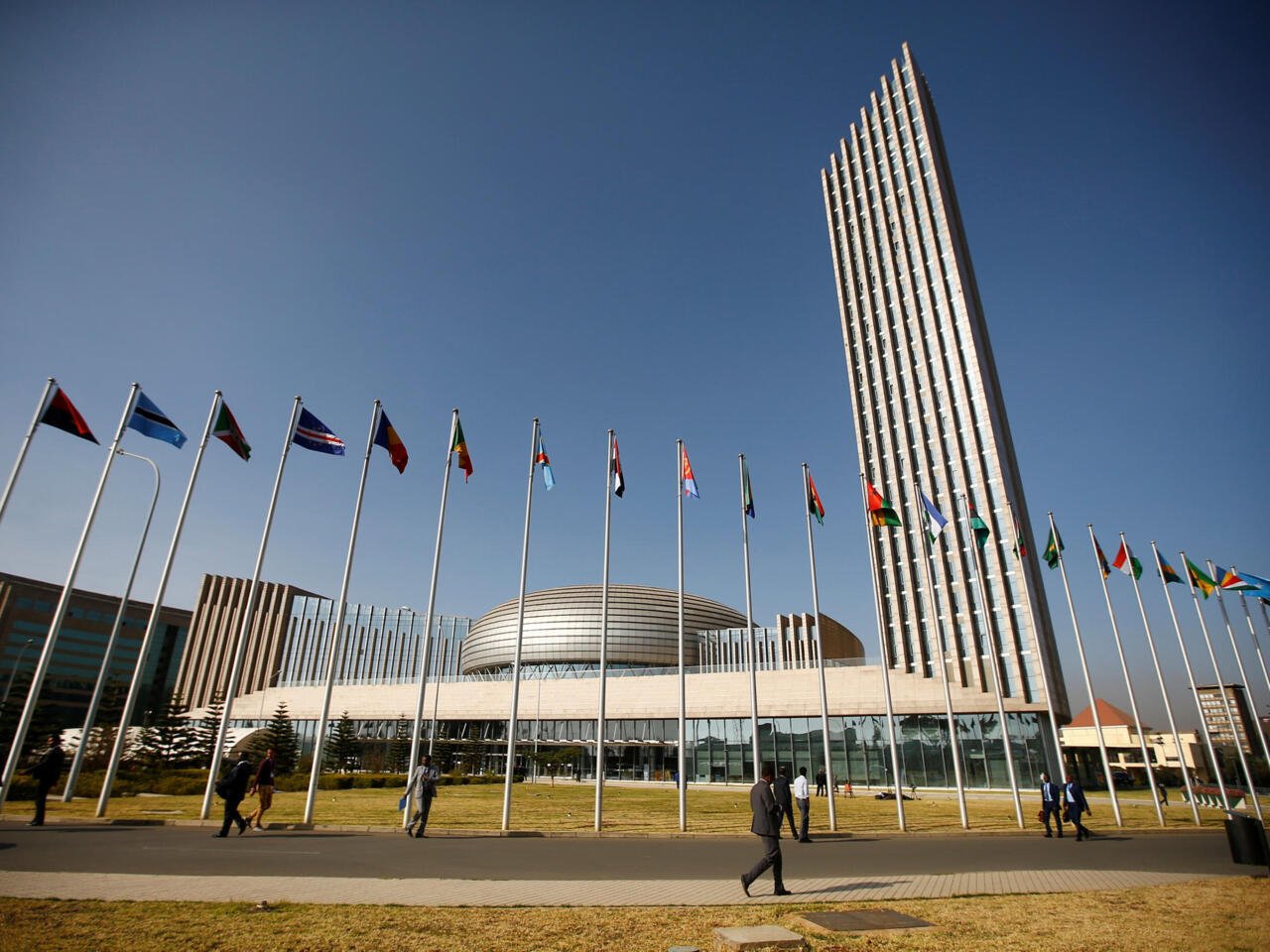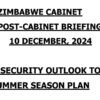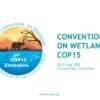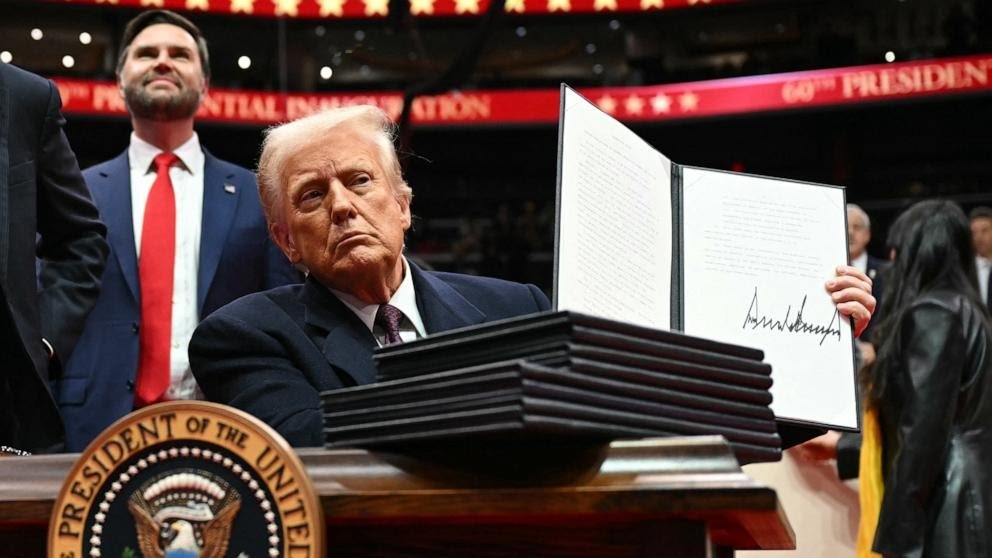
President Donald Trump holds an executive order he just signed during the inaugural parade, in Washington, DC, on 20 January 2025. Picture credit: Jim Watson/AFP via Getty Images.
Staff Writer
ON 20 January 2025, when President Donald Trump turned his back on the global community by reneging on US obligations to climate justice, it became increasingly clear that the Global South must now forge a new path which minimises reliance on Western funding.
Developed countries are the biggest polluters of the planet. Climate justice demands that the rich nations pay for this environmental destruction by channelling money to countries in Africa, Asia and Latin America that are bearing the brunt of global warming.
Trump — on the day he was sworn in as the 47th president of the United States — has unilaterally cut off a huge chunk of this funding, with serious implications for climate adaptation and mitigation efforts. He did not waste time in signing an executive order https://www.whitehouse.gov/presidential-actions/2025/01/putting-america-first-in-international-environmental-agreements/ withdrawing his country from both the Paris Agreement and the United Nations Framework Convention on Climate Change, claiming his decision would save the US “a trillion dollars”.
The drastic impact of his executive order will be felt far and wide. Global climate governance is in peril — and can only be rescued through a concerted international effort that prioritises the fate of humanity over the narrow interests of unpredictable politicians.
The Paris Agreement is an international pact to limit global warming to 1.5 degrees Celsius, compared to pre-industrial levels. As a tragic consequence of the actions of rich and powerful nations like the US, the world exceeded this metric for the first time in 2024, the warmest year on record.
President Trump’s climate denialism is a wake-up call for Africa.
Climate-fuelled disasters, ranging from cyclones and droughts, are devastating the continent, claiming lives, destroying infrastructure and ruining livelihoods.
In a stinging rebuke of Trump’s climate denialism, Greenpeace says: “Combatting the climate crisis requires international cooperation, not isolationism.”
To attain a sustainable energy future, Africa and the rest of the Global South must now redouble their efforts to devise homegrown solutions while demanding global climate justice. Under the Paris Agreement, the developed nations pledged to provide US$100 billion annually to finance climate adaptation and mitigation projects in developing nations. Some renewable energy projects in Africa may now fail to secure the necessary funding as a direct consequence of Trump’s executive order.
Victimising the victims
Africa’s carbon footprint compared to other regions is very low. In 2020, the continent’s greenhouse gas emissions totalled 1.5 billion metric tonnes — the equivalent of barely 3% of global greenhouse gas emissions. In 2022, 110.4 million people in Africa were affected by disasters, which was 59.6% of the global total.
Africa is experiencing extreme weather events, prolonged droughts, erratic rainfall and rising temperatures. These impacts threaten food security, livelihoods and ecosystems.
Trump’s unfortunate executive order undermines three important pillars of the climate justice effort in Africa: climate finance, technology transfer, and capacity building.
It is one of the most grotesque injustices of the current global order that low-carbon emitters like Zimbabwe are the biggest victims of the climate crisis.
Zimbabwe’s daunting task
The challenge for this country is to scale-up investments for the renewable energy transition. The ultimate objective is to protect vulnerable communities from the impact of the climate crisis.
It must be stated, though, that scaling up the climate financing is easier said than done. We are talking of a badly managed economy which is already struggling to deliver jobs, social services and infrastructure critical for economic development.
Coal could make a comeback
Fossil fuels are the major driver of global warming. This is settled science.
Developed countries are setting a terrible example by reneging on international agreements. A country like Zimbabwe — endowed with abundant coal deposits — could now be forced by the rapidly evolving global geopolitical landscape to go back to the drawing board and seriously consider constructing new coal-powered thermal plants. After all, the same climate crisis is depleting Lake Kariba’s water level, seriously eroding the country’s capacity to generate hydropower.
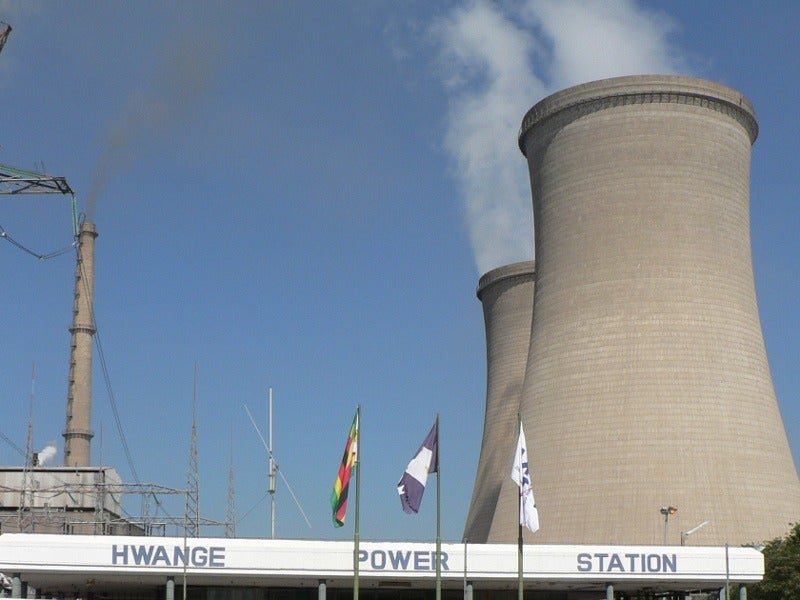
As it turns out, coal may make a comeback, especially in the Global South where countries lack the luxury of nuclear energy and deep pockets.
Petroleum is not dead either, it seems. If Trump can repeatedly vow to “drill, baby, drill”, nobody will convince the developing countries to totally discard coal.
Zimbabwe is endowed with coal. The country lacks access to the international financial markets. Phasing out coal, at a time when the scorching sun is desiccating Kariba, will mean further loss of jobs and investments.
The accepted idea was a gradual phasing out of fossil fuel use to pave way for cleaner renewable energy sources like solar and wind. This is what some climate activists call a “just transition”. It is not as drastic as an immediate phase-out. Trump’s climate denialism will arm those who are in favour of dragging their feet in the face of the global climate emergency. This is not rocket science: if Trump can ramp up US petroleum drilling, other countries will argue that coal is still a viable source of energy.

